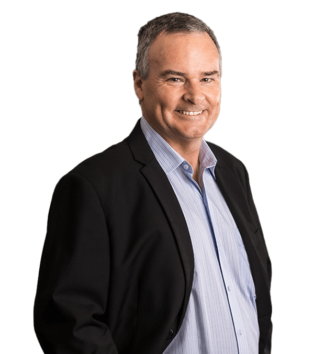As the new year begins, Australian small businesses are making plans to grow. In fact, 85 per cent of business owners anticipate growth over the next 12 months. *
The top three anticipated sources of growth are new clients or customers from referrals, more business from existing clients and customers, and new products or services. This focus on their business’s growth – and the specific paths they can follow to achieve it – puts owners in prime position to thrive in 2023. But growth doesn’t occur without keeping an eye on business finances – and that’s where knowing a business’s working capital and cash conversion cycle come into play.
However, in reality, every business needs a pool of cash on hand to bridge that cash flow gap. This pool is the money available to fund day-to-day operations and is known as working capital. Working capital can play an essential role in helping business owners achieve their growth goals.
Use the following formula to calculate working capital:
current assets – current liabilities = working capital
Current assets include anything a business owns or has a claim on, that can be rapidly turned into cash – think inventory and accounts receivable. Current liabilities are obligations that will soon fall due – think short-term debt and accounts payable. (Note: ‘current’ usually means due within one year).
As an example, imagine a small business owner with $20,000 in cash and $50,000 in stock, and with debtors owing a total of $50,000 due within the next month. The value of the business’s current assets amounts to $120,000. Let’s say that the sum of short-term expenses and money owed to creditors – including accounts payable, payroll, taxes, monthly subscriptions and rent – comes to $100,000.
Using the working capital formula, $120,000 worth of assets and $100,000 worth of liabilities leaves the business owner with working capital of $20,000. That’s $20,000 on hand to cover gaps in cash flow and any unexpected expenses.
Another way of gaining insight into a business’s cash flow position is to calculate how long it takes, on average, for the money that goes out to come back in. This is known as the operating cycle or cash conversion cycle. Calculating a business’s cash conversion cycle requires three different values:
Then, it’s a matter of popping those values into the following formula:
(inventory days + debtor days) – creditor days = cash conversion cycle
If the owner of a kitchen supplies store has their stock sitting on shelves for an average of 55 days, takes 45 days on average to collect payments from customers, and must pay their suppliers every 30 days, the cash conversion cycle amounts to: (55 inventory days + 45 debtor days) – 30 creditor days = 70 days.
The kitchenware retailer would therefore wait 70 days for their outlays to turn back into cash. The aim is to reduce the cash conversion cycle, which can be done by encouraging clients to pay back invoices sooner. Doing so can help put small business owners in a place that’s primed for growth, and better equip you for new opportunities in the new year.
*Source: Prospa x YouGov SME Sentiment survey, November 2022
THE FINEPRINT: The information provided on this site is on the understanding that it is for illustrative and discussion purposes only. While all care and attention are taken in its preparation any party seeking to rely on its content or otherwise should make their own enquiries and research to ensure its relevance to your specific personal and business requirements and circumstances.
Green Finance Group Pty Ltd ACN 145 035 221 is authorised under LMG Broker Services Pty Ltd ACN 632 405 504 Australian Credit Licence 517192.

"Owning and running your own business is an exciting, daunting, challenging and rewarding endeavour all rolled into one. Just like the physical premises of your business, your success hinges on your foundations, starting with getting the right finance at the right price. That's where I can help."
Fortitude Valley, Brisbane
An award-winning small business and franchise finance specialist who's on your side when it comes to finding a better finance deal.
Prior to joining the Green Team in 2018 I worked behind the scenes at some of the country's largest finance institutions, including Westpac and BankWest, primarily helping small and medium sized businesses to secure competitive finance.